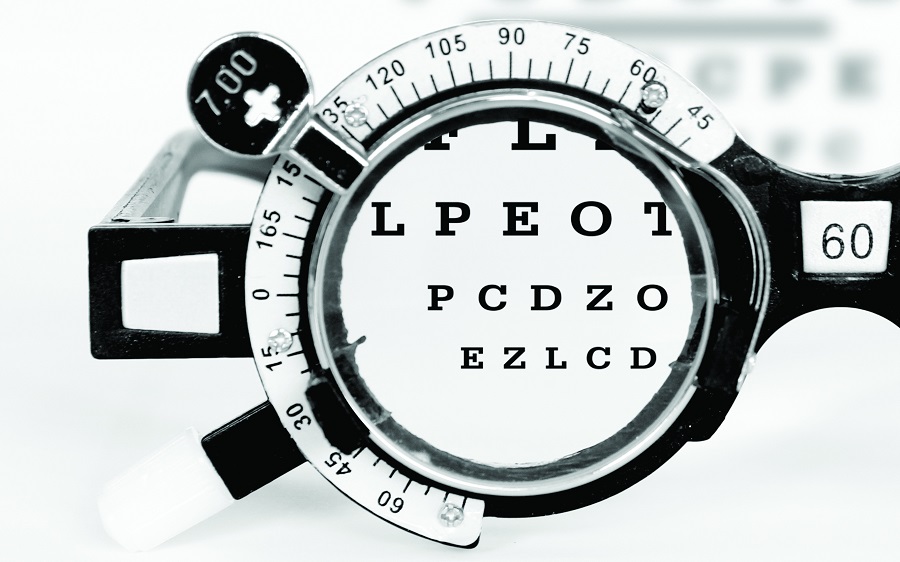The pensions sight test: will we see clearly now?

And, even as a long-term pensions writer, when it comes to establishing exactly what I’ll have to sustain me in retirement, I’m struck with the same dilemma. I know there’s something out there, I’ve got a rough idea of the figures – but when it comes to exact detail, things are, well, a bit fuzzy.
I know I’m far from alone in that. Most employees will have a variety of pensions from different jobs, periods of self-employment when pensions might have been supplanted by other forms of savings, possibly little or no retirement savings from periods spent caring for family, and only a hazy idea of when they qualify for their state pension (or how much that might be).
With increased emphasis being put on individuals to take responsibility for their own retirement savings, the blurred vision that most of us have about retirement savings is no longer good enough. We need clarity right the way down to the fine print about our savings and retirement needs.
This is also a challenge for employers. Employees who have no idea about whether they can afford to retire could remain in the workforce for longer, or even leave full time employment only to find that they have to return to top up their income in retirement.
Fortunately the government and the pensions industry is starting to wake up to that fact. This week’s Pension Schemes Bill announced in the Queen's Speech includes further support for pensions dashboards, which will help savers keep track of multiple pension pots from different employers, and build a better picture of their total pensions wealth. The proposed legislation will force pension schemes to provide data for dashboards.
A few days later, the Pensions and Lifetime Savings Association (PLSA) released its Retirement Living Standards at its Annual Conference. The PLSA’s own research found that only 23% of savers feel confident that they know how much they need to save for retirement, so any process that makes that more transparent is very welcome.
The Retirement Living Standards outline how much money an individual or a couple needs in order to enjoy a minimum, moderate or comfortable standard of retirement, based on the cost of a basket of goods. This begins to give members easily understandable rules of thumb for how they can expect to live, based on their current level of savings. That can then be used as the basis for reconsidering contribution rates, managing retirement expectations, or even making decisions around whether to delay retirement for a few more years.
Between them, pensions dashboards and Retirement Living Standards should help to clarify all employees’ vision of their own retirement expectations.
One cannot exist without the other, however. There is no benefit in understanding what you’ll need to sustain you in retirement without knowing how much you personally have saved. Similarly, a lump sum figure for your total pension savings is meaningless without some interpretation of what that figure will buy you in retirement.
There are still gaps. Employees still need to understand how a pot of pension savings can be transformed into the day-to-day (or year-to-year) funds required to achieve a minimum, moderate or comfortable standard of living. And, over time the basket of goods and other assumptions made in creating the Retirement Living Standards will need to be refined and reviewed. For example, at present it assumes that individuals won’t be paying mortgage or rental costs in retirement, which may need to be reconsidered as more people retire with mortgage commitments.
And, for the dashboard to be successful, both DB and DC schemes will need to focus heavily on the quality and completeness of their data to give employees a dependable, actionable picture of their total pension savings.
However, the combined effect of the dashboard and Retirement Living Standards have the potential to deliver far greater clarity for everyone. The fine print may still need further definition, but the picture of retirement affordability is slowly coming into focus.
The author is Maggie Williams, content director at REBA.






